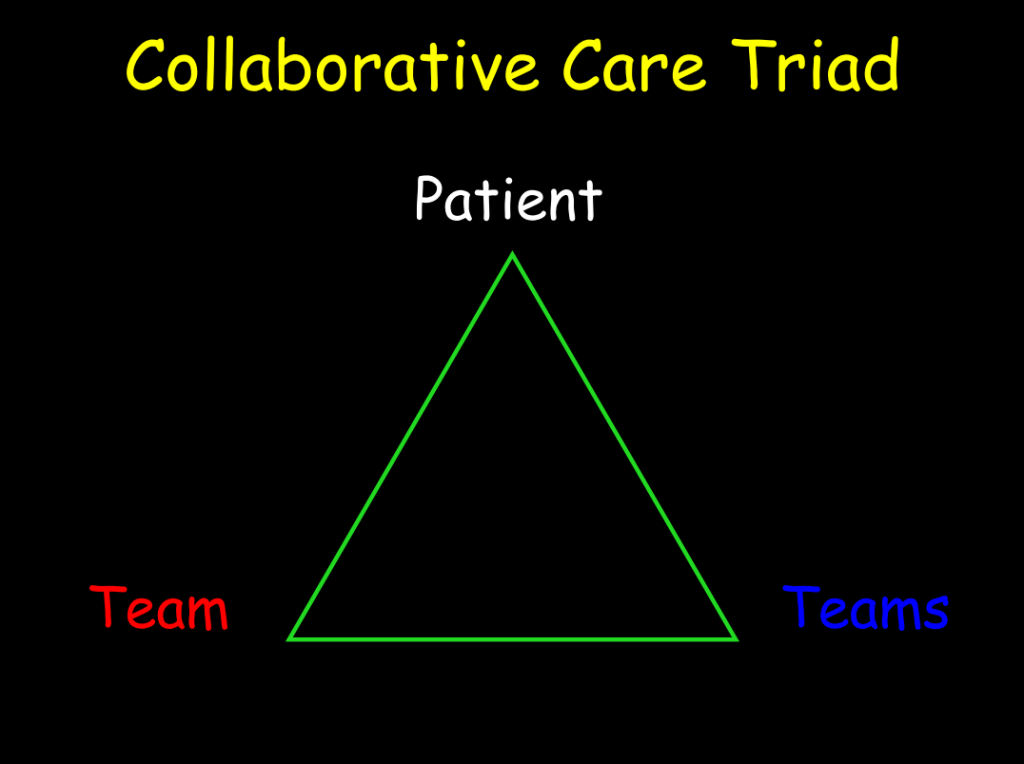Beyond Restoration
Successful Dental Patients: From Compliance to Collaboration
By Michael McDevitt on October 17, 2014 | How many dental professionals have ever thought, or perhaps said: "Why doesn't this patient just follow our recommendations? Don't we know what is best for them?"
How many dental professionals have ever thought, or perhaps said: "Why doesn't this patient just follow our recommendations? Don't we know what is best for them?"A good guess would be most or ALL of us.
The dental literature has addressed the concept of dental patient compliance for decades, but seems to lack the key to connect their compliance and their gaining and sustaining oral health for every dental patient. Some of the references report the frequency of appointments kept or fulfilled. Does simply coming to the dentist and the hygienist on a regular basis maintain dental health?
Dental patients' home-care techniques are also addressed in our journals, though there seems to be limited consensus as to the most effective skills and strategies for dental and periodontal health.
What if our goals for our dental patients included, or even focused on them becoming the primary therapist, while we become an extremely effective source of support and encouragement? Our knowledge of caries and periodontal disease promoting biofilms on our teeth has greatly expanded our understanding of the disease models for both conditions. If these biofilms begin to recover and repopulate our teeth at a four to six hour frequency as the research supports, can we afford to miss the opportunity to have the dental patient become an effective daily therapist and still expect favorable long-term outcomes to our treatment?
Compliant Dental Patients
If that proposal has a solid foundation in science, then we should be able to provide each compliant dental patient with the home care skill-building instructions and find that alone to be sufficient in achieving sustainable health. Compliance in that sense is really obedience and even though we are a knowledgeable source for them, only a limited number of dental patients accomplish their home-care at a therapeutic level of effectiveness.
As you reflect on your dental patients, are they not successful at a number of endeavors? Do they not generally make good choices when provided with reliable and accurate information? What if we reminded them of their pattern of successes and suggested we could help them be successful again – but this time with their dental or periodontal health? If we could help them identify the skills and strengths they bring to the potential solutions, rather than identify their limitations or short-comings, then they might be encouraged to develop skills and habit patterns to promote oral health.
Collaborative Dental Patients
Our inclusion of their skills with those of our teams while we, as their dentist, take a keen, personal interest in the expression of their skill building and strategies for a healthier oral condition would certainly fit the definition of collaboration. In doing so, we have purposely engaged each susceptible dental patient in an essential component of their successful dental care. We must learn that our teams, and the teams of any specialist that might also be part of a patient's care, must focus on the skills with which our patients come to us as potentially the most effective method of collaboration.
 Traditionally, collaboration only between professionals represents the full extent of collaborative patient care, as illustrated by the horizontal base of the triangular graphic above. The proposed model of collaboration is a triangle, requiring each team to discern and include any elements of the dental patient's skill set that favorably affect treatment outcomes, while emphasizing the value and impact of those skills.
Traditionally, collaboration only between professionals represents the full extent of collaborative patient care, as illustrated by the horizontal base of the triangular graphic above. The proposed model of collaboration is a triangle, requiring each team to discern and include any elements of the dental patient's skill set that favorably affect treatment outcomes, while emphasizing the value and impact of those skills.Assisting our dental patient's desire to be healthy by utilizing their pattern of previous successes seems to result in a patient being fully engaged in all aspects of their care. It also frequently leads to opportunity to acknowledge and celebrate their successes with our care. Some patients expect our criticism – how much better might our practices be if they begin to legitimately expect our praise and gratitude for their effective collaborative efforts? Give it a try!
Michael J. McDevitt, DDS, is a Contributing Writer for Spear Education [http://www.periogeorgia.com/]
References:
- Wilson, TG, How patient compliance to suggested oral hygiene and maintenance affect periodontal therapy. Dent Clin North Am; 1998: 389.
- Miyamoto T, Kumagai T, Jones JA, VanDyke TE, Nunn M; Compliance as a prognostic indicator: retrospective study of 505 patients treated and maintained for 15 years. J Periodontol; 2006: 223.

Looking for answers to the questions posed in this article? Take your questions to a few thousand of dentistry's finest practitioners, including our esteemed Spear Faculty, on our discussion boards. Don't have access? Sign-up for free today.